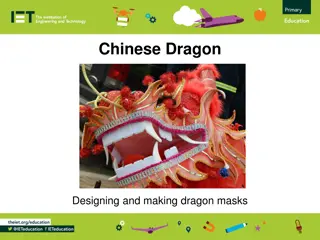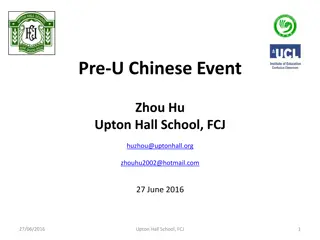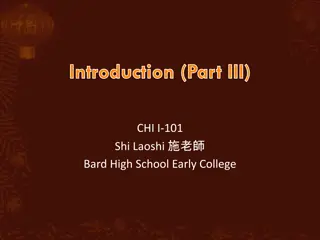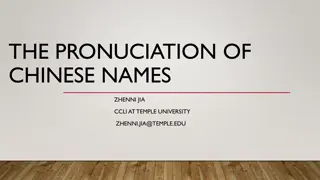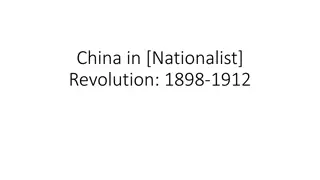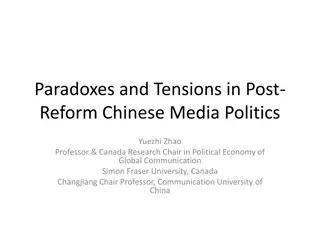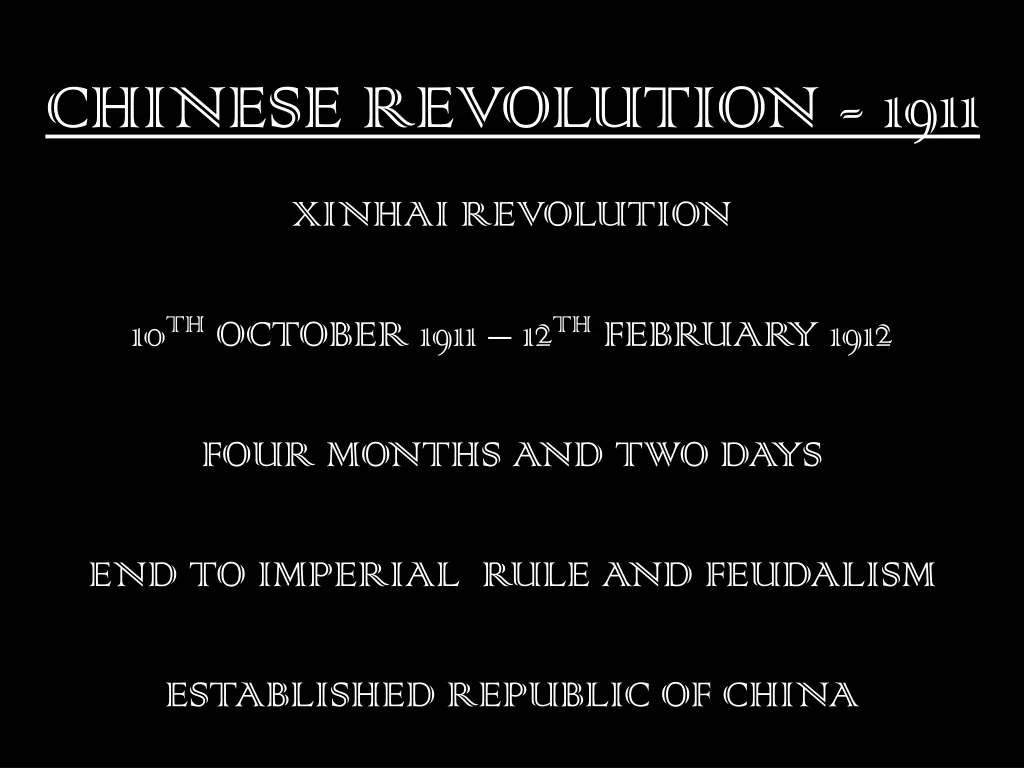
Xinhai Revolution 1911: End of Imperial Rule and Establishment of Republic
The Xinhai Revolution, which took place from October 10, 1911, to February 12, 1912, marked the end of imperial rule and feudalism in China. Various causes such as political inefficiencies, social issues, economic constraints, and military shortcomings led to the overthrow of the Qing Dynasty. Major events included the establishment of the democratic Chinese Republic, led by figures like Sun Yat-sen and Yuan Shikai. The revolution resulted in the abdication of Puyi, ending over 2000 years of imperial rule and paving the way for the parliamentary government and the Kuomintang.
Download Presentation

Please find below an Image/Link to download the presentation.
The content on the website is provided AS IS for your information and personal use only. It may not be sold, licensed, or shared on other websites without obtaining consent from the author. If you encounter any issues during the download, it is possible that the publisher has removed the file from their server.
You are allowed to download the files provided on this website for personal or commercial use, subject to the condition that they are used lawfully. All files are the property of their respective owners.
The content on the website is provided AS IS for your information and personal use only. It may not be sold, licensed, or shared on other websites without obtaining consent from the author.
E N D
Presentation Transcript
CHINESE REVOLUTION - 1911 XINHAI REVOLUTION 10THOCTOBER 1911 12THFEBRUARY 1912 FOUR MONTHS AND TWO DAYS END TO IMPERIAL RULE AND FEUDALISM ESTABLISHED REPUBLIC OF CHINA
CAUSES POLITICAL CAUSES INEFFICIENT EMPERORS - MAL ADMN - CORRUPTION - DECENTRALISATION - DEFEAT IN SINO JAPANESE WAR 1894-95 - ANTI EUROPEAN AND MANCHU FEELING SOCIAL CAUSES POPULATION GROWTH- FEUDALISM- STANDARD OF LIVING- NO FREEDOM OF MOVEMENT- MISSIONARY ACTIVITIES
CAUSES ECONOMIC CAUSES LIMITED CULTIVABLE LAND- POOR ECONOMIC CONDITION- POWERFUL TAXATION- WAR INDEMNITIES IDEOLOGICAL CAUSES CONFUCIANISM- PROGRESSIVE INTELLECTUALS- WESTERN EDUCATION- MODERN CHINESE NATIONALISM- RACIAL AND NATIONAL CONSCIOUSNESS
CAUSES MILITARY CAUSES NO COOPERATION- DISLOYALITY- RGIONALISM- POOR PAY- CORRUPTION- LACK OF TRAINNING- NEW MILITARY(1896) ANTI MANCHU NATIONALISM QING REFORMS 1901-1911 EDUCATIONAL REFORMS(ABROAD)- POLITICAL REFORMS (DECENTRALISATION)- MILITARY REFORMS(REGIONAL)
CAUSES CAUSES REVOLUTIONARY OPPOSITION NATIONALISM PEOPLE=CHANGE 90% CHINESE : 10% ETHNIC CHINESE(MANJU) TAIPING REBELLION: 1850-1864 BOXER REBELLION: 1899-1901 EMERGENCE OF SUNYATSEN
MAJOR EVENTS SUNYATSEN: MANJU RULE- ESTABLISHING DEMOCRATIC CHINESE REPUBLIC: 1905: UNITED ALL REVOLUTINARY MOVEMENTS- CHINESE UNITED LEAGUE (TUNGMENGHUI) YUAN SHIHKAI: MILITARY LEADER OF QING 1911: UPRISING IN SZECHWAN EXPELLING FOEIGNERS- ERADICATING NATIONALISATION OF RAILWAY LINE CONSTRUCTION 24THAUGUST 1911 : STUDENTS 3RDJANUARY 1912 : YUAN: 50 GENERALS 1STFEBRUARY 1912 : DOWAGER TRANSFERRED 12THFEBRUARY 1912 : EMPEROR ABDICATED
RESULTS ABDICATION OF PUYI END OF 2000 YEARS OF IMPERIAL RULE ERA OF REPUBLIC ESTABLISHMENT OF PARLIAMENTARY FORM OF GOVERNMENT AND CONSTITUTION CIVIL WAR BETWEEN YUAN SHIHKAI AND SUNYATSEN CREATION OF KUOMINTANG OR NATIONAL PARTY ESTABLISHMENT OF NATIONAL GOVERNMENT IN 1928 AT NANKING UNIFICATION OF CHINA

